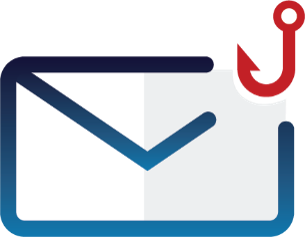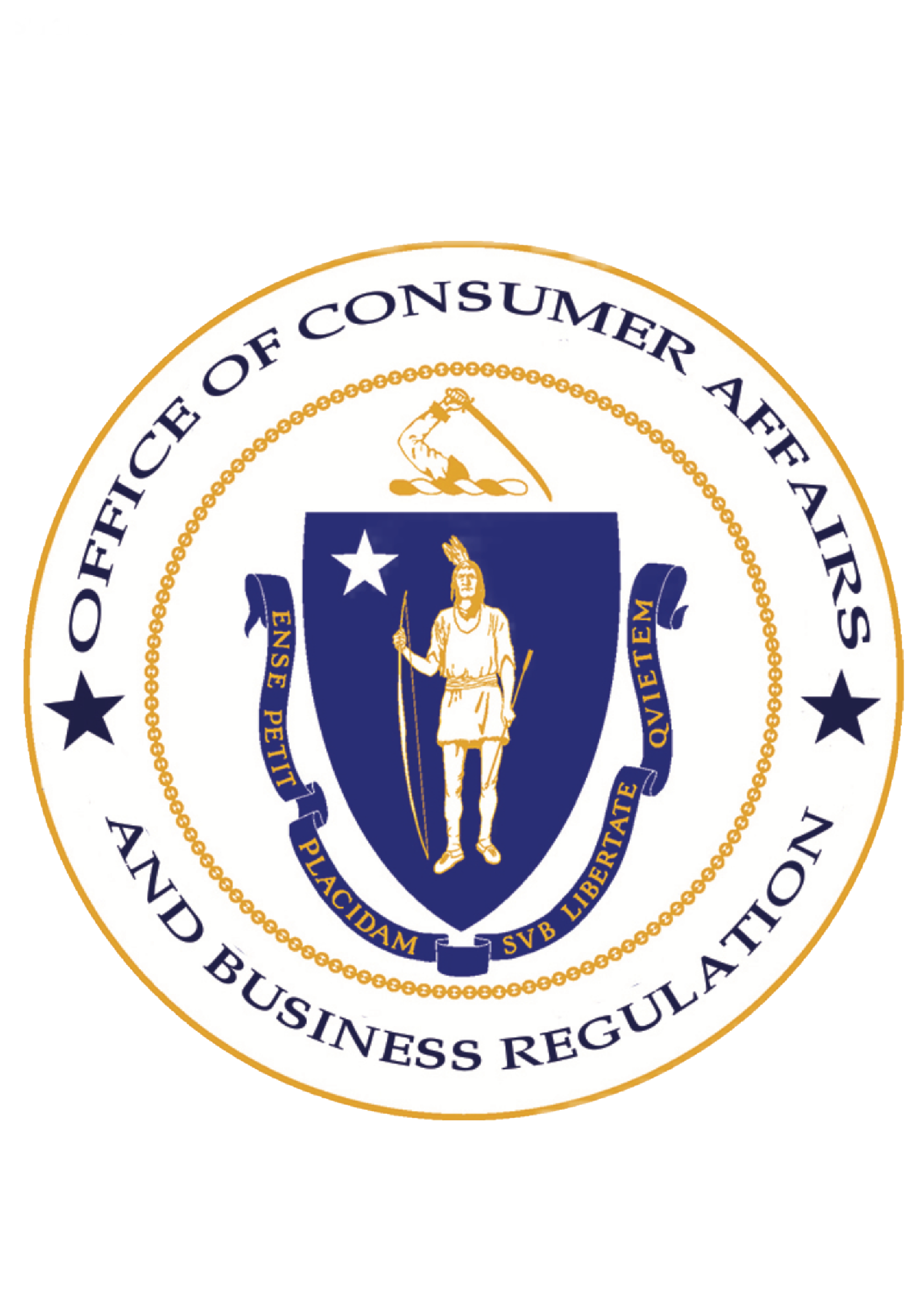10/27/2025
- Division of Banks
- Office of Consumer Affairs and Business Regulation
How can you tell if a message is phishing?
- A tone that's urgent or makes you scared
Ex: "Click this link immediately or your account will be closed." - Sender email address doesn’t match the company it’s coming from
Ex: Amazon.com vs. Amaz0n.com - Unexpected communications such as an email or attachment you weren't expecting
- Requests to send personal info
Ex: Legitimate organizations don't ask for personal information through email or an unexpected call - Misspelled words, bad grammar and odd URLs
Be aware that AI will make spotting these more challenging – stay diligent.
What should you do if you spot a phish?
DO
- Verify that the communication is real and contact the sender directly through known phone numbers or emails.
- Report it to your IT department or email/phone provider.
- Use email filters. Many email services have filters that can help prevent phishing messages from ever reaching your employees’ mailboxes.
- DELETE IT.
Don’t
- Don't click any links you don’t trust, even “unsubscribe” (just delete).
- Don't click any attachments you were not expecting or recognize.

